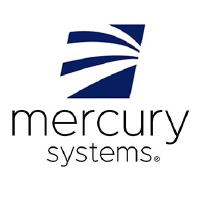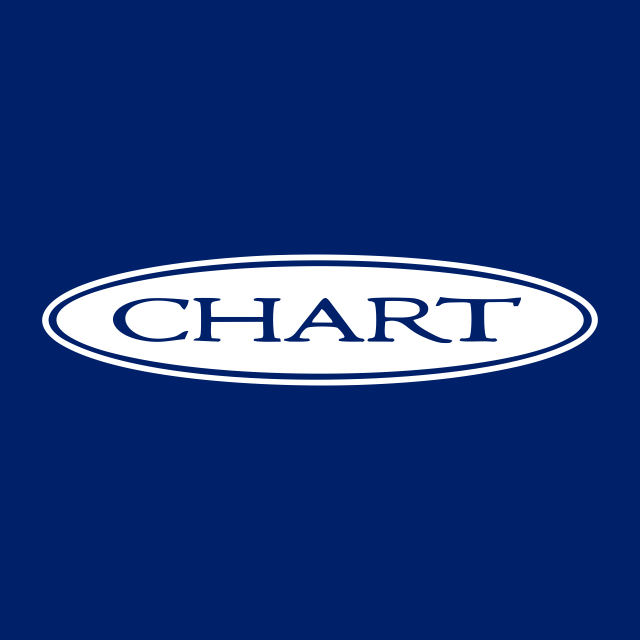Company Analysis Mercury Systems, Inc.
1. Summary
Advantages
- The stock's return over the last year (44.49%) is higher than the sector average (-50%).
Disadvantages
- Price (43.16 $) is higher than fair price (29.96 $)
- Dividends (0%) are below the sector average (0.8373%).
- Current debt level 27.5% has increased over 5 years from 0%.
- The company's current efficiency (ROE=-9.06%) is lower than the sector average (ROE=29.72%)
Similar companies
2. Share price and performance
2.1. Share price
2.2. News
2.3. Market efficiency
| Mercury Systems, Inc. | Industrials | Index | |
|---|---|---|---|
| 7 days | 0.2% | -9.5% | -2.4% |
| 90 days | 5.1% | -17% | -8.5% |
| 1 year | 44.5% | -50% | 12.3% |
MRCY vs Sector: Mercury Systems, Inc. has outperformed the "Industrials" sector by 94.49% over the past year.
MRCY vs Market: Mercury Systems, Inc. has outperformed the market by 32.22% over the past year.
Stable price: MRCY is not significantly more volatile than the rest of the market on "NASDAQ" over the last 3 months, with typical variations of +/- 5% per week.
Long period: MRCY with weekly volatility of 0.8556% over the past year.
3. Summary of the report
4. Fundamental Analysis
4.1. Stock price and price forecast
Above fair price: The current price (43.16 $) is higher than the fair price (29.96 $).
Price is higher than fair: The current price (43.16 $) is 30.6% higher than the fair price.
4.2. P/E
P/E vs Sector: The company's P/E (306.05) is higher than that of the sector as a whole (38.02).
P/E vs Market: The company's P/E (306.05) is higher than that of the market as a whole (49.14).
4.2.1 P/E Similar companies
4.3. P/BV
P/BV vs Sector: The company's P/BV (1.1) is lower than that of the sector as a whole (12.13).
P/BV vs Market: The company's P/BV (1.1) is lower than that of the market as a whole (3.44).
4.3.1 P/BV Similar companies
4.4. P/S
P/S vs Sector: The company's P/S indicator (1.95) is lower than that of the sector as a whole (4.94).
P/S vs Market: The company's P/S indicator (1.95) is lower than that of the market as a whole (10.29).
4.4.1 P/S Similar companies
4.5. EV/Ebitda
EV/Ebitda vs Sector: The company's EV/Ebitda (-31.72) is lower than that of the sector as a whole (21.66).
EV/Ebitda vs Market: The company's EV/Ebitda (-31.72) is lower than that of the market as a whole (25.46).
5. Profitability
5.1. Profitability and revenue
5.2. Earnings per share - EPS
5.3. Past profitability Net Income
Yield Trend: Negative and has fallen by -52.01% over the last 5 years.
Accelerating profitability: The return for the last year (0%) exceeds the average return for 5 years (-52.01%).
Profitability vs Sector: The return for the last year (0%) exceeds the return for the sector (-11.01%).
5.4. ROE
ROE vs Sector: The company's ROE (-9.06%) is lower than that of the sector as a whole (29.72%).
ROE vs Market: The company's ROE (-9.06%) is lower than that of the market as a whole (8.96%).
5.5. ROA
ROA vs Sector: The company's ROA (-5.77%) is lower than that of the sector as a whole (9.78%).
ROA vs Market: The company's ROA (-5.77%) is lower than that of the market as a whole (6.33%).
5.6. ROIC
ROIC vs Sector: The company's ROIC (0.81%) is lower than that of the sector as a whole (17.63%).
ROIC vs Market: The company's ROIC (0.81%) is lower than that of the market as a whole (10.79%).
7. Dividends
7.1. Dividend yield vs Market
Low yield: The dividend yield of the company 0% is below the average for the sector '0.8373%.
7.2. Stability and increase in payments
Unstable dividends: The company's dividend yield 0% has not been consistently paid over the past 7 years, DSI=0.67.
Weak dividend growth: The company's dividend yield 0% has been growing weakly or stagnant over the past 5 years. Growth over only 0 years.
7.3. Payout percentage
Dividend Coverage: Current payments from income (0%) are at an uncomfortable level.
8. Insider trades
8.1. Insider trading
Insider Buying Exceeds insider sales by 100% over the last 3 months.
8.2. Latest transactions
| Transaction date | Insider | Type | Price | Volume | Quantity |
|---|---|---|---|---|---|
| 18.11.2024 | Wells Charles Roger IV Officer |
Purchase | 38.8 | 59 248 | 1 527 |
| 08.10.2024 | Georges Stephanie Former Officer |
Purchase | 36.7 | 73 877 | 2 013 |
| 16.09.2024 | Munro Douglas VP, CAO |
Sale | 37.6 | 2 594 | 69 |
| 30.08.2024 | Plunkett Debora A Director |
Sale | 38.07 | 70 163 | 1 843 |
| 21.08.2024 | Ratner Steven Officer |
Purchase | 38.41 | 149 453 | 3 891 |
Pay for your subscription
More functionality and data for company and portfolio analysis is available by subscription




